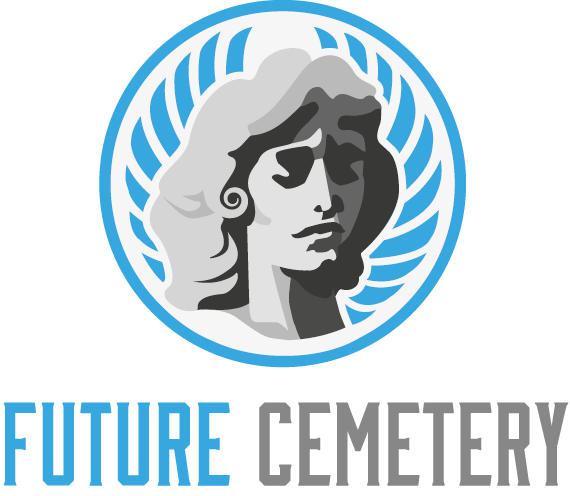A graveyard is a place where people are buried. It is often located next to a church. The word graveyard is also sometimes used to mean cemetery.
Historically, churches were responsible for all burials in their graveyards. However, they eventually ran out of space and non-church-associated cemeteries were established.
Origin
The compound word graveyard derives from the proto-Germanic words “graban” and “gardan.” During the Middle Ages, wealthy Christians were interred inside of a church, often in a crypt beneath the floor. Less affluent congregants were buried in the outside section of the churchyard, which came to be known as a graveyard. This practice continued for centuries.
As populations grew, it became unsustainable for churches to bury every individual who died. In an attempt to make room for more people, entirely new burial grounds began to appear that were independent of churchyards, and these are commonly referred to as cemeteries today.
The term cemetery is a little bit different from the phrase graveyard as it indicates that there was some thought put into where exactly these burial grounds were going to be located. As such, these sites are usually more organized than the crowded churchyards of the past. They can also be more modern, depending on how they are run.
Function
A graveyard is a culturally significant place that provides a link between the living and the dead. Its importance can be explained in terms of the anthropological theory of ‘place’ which emphasizes a sense of ‘belonging’ to a particular space.
In earlier centuries, churches were responsible for maintaining graveyards. However, over time, church graveyards began to run out of space and non-church-associated cemeteries were built to accommodate growing populations.
The main function of a cemetery is to provide a resting place for the dead. It also serves as a memorial to the deceased, a symbolic remembrance of the short tether between life and death. In addition, cemetery grounds can serve as a recreational area that encourages people to visit and connect with nature.
Design
A cemetery is a space where people are buried and commemorated. It can be a part of a church or other religious building, or it could be separate from one. It’s important to design it well and to make sure that the deceased are remembered.
A common way to decorate a grave is with flowers. Many people bring their loved ones’ favorite flowers to the gravesite. This is a thoughtful gesture and lets the family know that they are thinking about them. You can also place small stuffed animals, a photo, or other trinkets that were meaningful to your loved one.
Another popular decoration is the American flag. It’s a symbol of love and patriotism, and it honors the deceased military personnel or veterans. A large American flag can be placed on a gravesite or small individual flags can be scattered around it. You can also place flags that represent your loved ones’ interests, such as their favorite sports team or organization.
Maintenance
If a graveyard has been used for a long time, the soil will have settled and may need to be tampered with. This can be done by digging up the dirt and filling it back in, or by adding organic material like greens to the ground surface.
While the graveyard’s staff handles many of the cemetery’s mowing and clearing, individual plots are often left to families to care for. As a result, they can fall into disrepair due to neglect or poor cemetery maintenance practices, making it important for family members to actively visit and care for their loved ones’ memorials.
During visits, any debris that has blown into the gravesite should be cleared away. Trash, branches and twigs, weeds, rocks and pebbles should all be removed. Gravesites should be checked frequently for signs of damage or decay and any issues should be addressed immediately. If the site is prone to flooding, the crew may also need to thaw the ground by heating it with coals or other methods.
